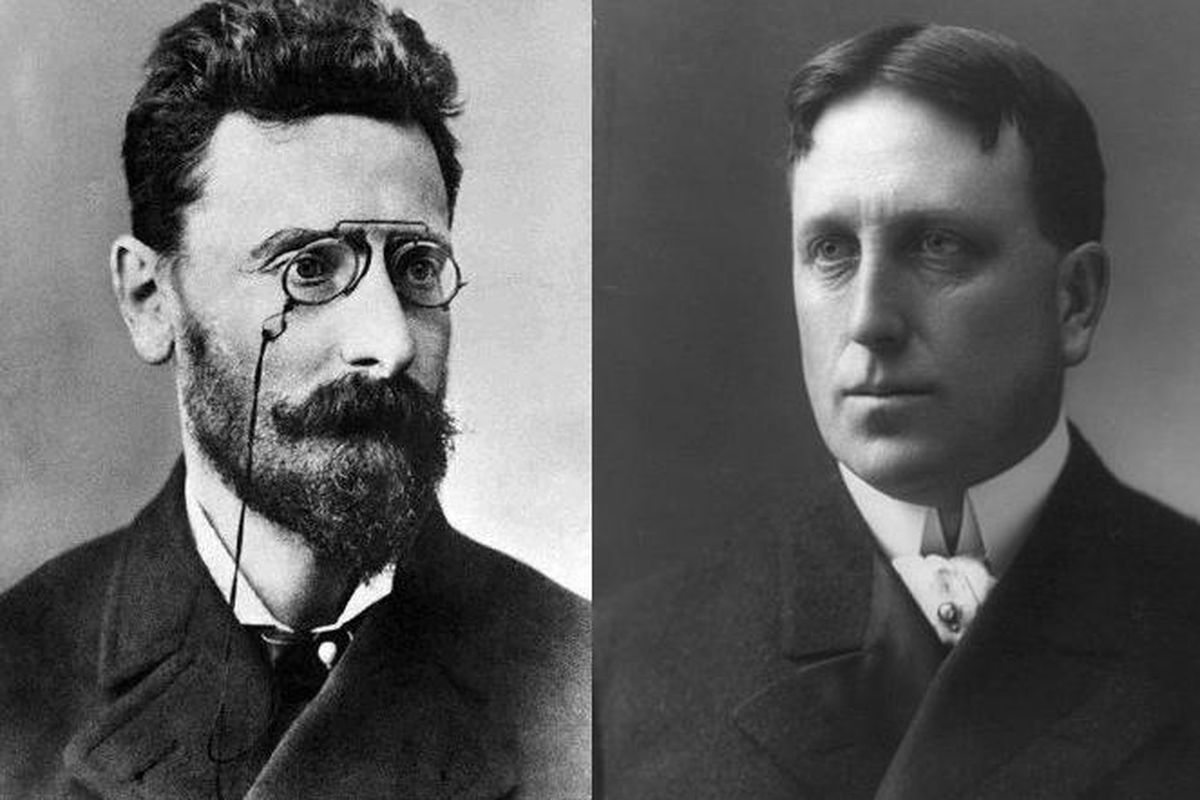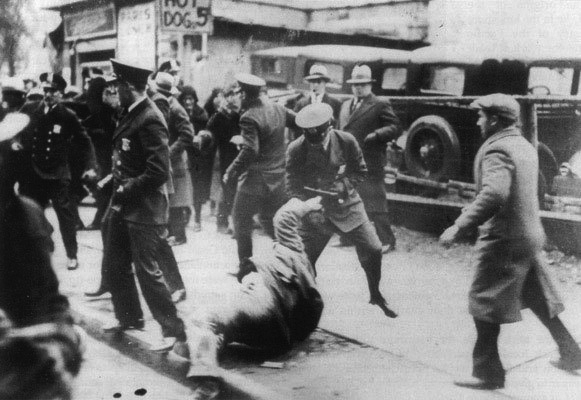When the Spanish-American War started, the newspaper prices raised from 50 cents to 60 cents. This price rise didn't affect the newsies much, as everyone wanted to hear about the war, and the titles were so dramatic, sales were doing exceptionally well. But when the war ended, on December 10, 1898, sales dropped. To get out of this money sinkhole, Pulitzer and Hearst had to come up with an idea to gain back the money they were missing. Two of the most powerful men in New-York at the time of the strike were Joseph Pulitzer and William Hearst. These two men owned two of the largest newspaper companies. William Hearst owned seven dailies, five magazines, two news services, and a film company. Meanwhile, Joseph Pulitzer owned the newspaper, The World, and later founded The Evening World. The way they sold these newspapers was primarily through newsboys, though the newsies were quite happy with their lives at first, that changed with the price staying so high after the war ended.

Pulitzer and Hearst, Coppernblue, 2010.
Two boys ages 11 and 13 were arrested right before the rebellion was established because they were carrying sticks and trying to begin the strike. 10 other boys were caught by the police too, but they managed to escape.


